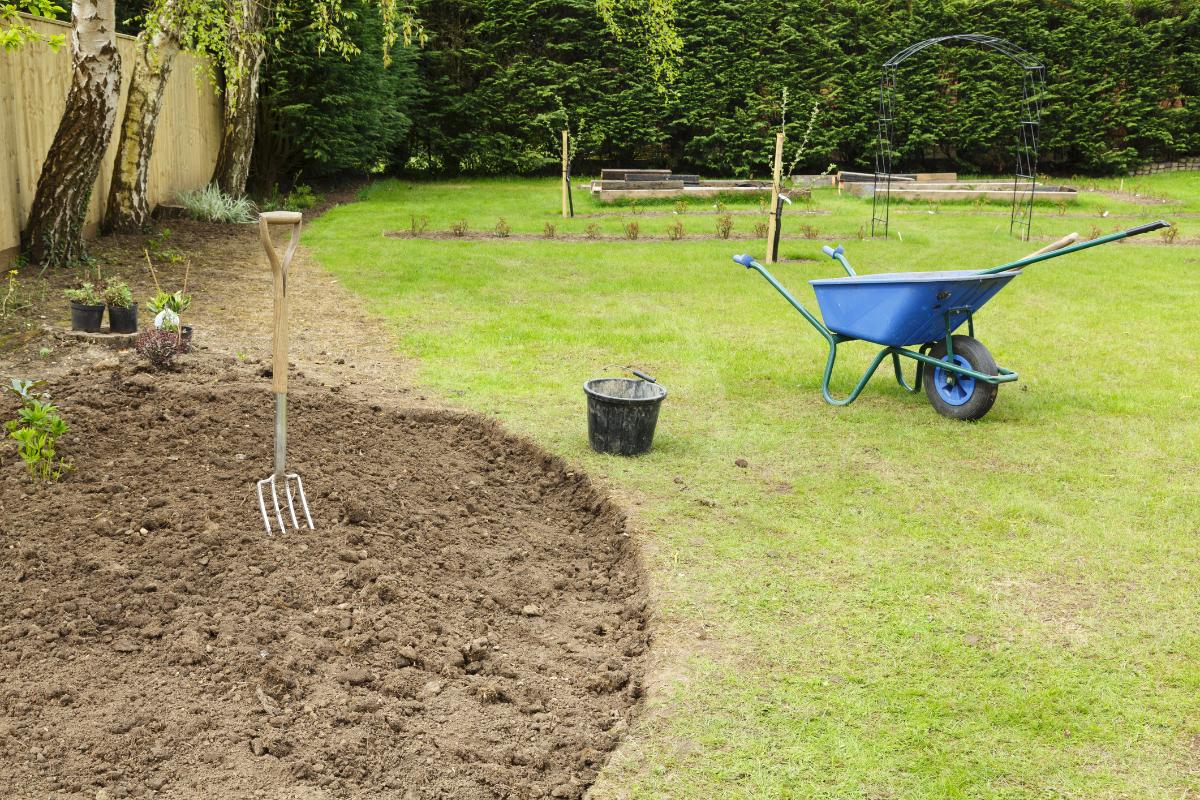With conventional gardening, you must turn the soil by plowing or tilling to prepare for planting. So, what is not till gardening?
This is an uncommon method where you don’t disturb the soil structure by digging or tilling.
Instead, you plant directly into undisturbed soil, often using organic mulches or cover crops to retain moisture and improve the soil.
Below, we’ll explore how you can begin no-till gardening and why it could be beneficial.
Why Follow No-Till Gardening
As mentioned, no-till gardening is different from what most farmers are used to. There aren’t any digging holes or tilling the soil, sometimes more than once, to prepare for planting.
Essentially, it’s about planting in the soil as it is—almost. So, what could this approach offer gardeners?
Here’s what we can tell you:
1 – Improved Soil Health
During traditional gardening, we dig and till the soil and disturb the natural structure, breaking up organic matter and disrupting the complex ecosystem in the soil.
In contrast, no-till gardening allows organic matter, like leaves and compost, to exist as it is, without human interference!
As this organic matter decomposes, it creates a rich layer of humus that improves the soil’s structure, increases its ability to retain moisture, and provides a steady supply of nutrients.
2 – Water Conservation
By leaving the soil untouched, no-till gardening helps preserve the soil’s natural structure, including small pores and channels that allow water to infiltrate and be retained within the soil.
In addition to preserving soil moisture, no-till gardening often involves using mulches such as straw or leaves, which you spread over the soil surface.
These mulches act as a barrier against the strong sun rays, reducing evaporation and keeping the soil moist and cool.
3 – Lower Maintenance
One of the most appealing aspects of no-till gardening is that there’s no tilling—obviously!
Traditional gardening methods often involve strenuous tasks like digging deep holes and tilling, which can be physically exhausting and time-consuming.
Contrastingly, no-till gardening minimizes these tasks, making it a more accessible option for gardeners of all ages and abilities.
How To Start No-Till Gardening
To start no-till gardening, follow the next few steps:
1 – Clean Up The Garden
Start by addressing any existing weeds that have taken hold in your garden area.
While no-till gardening aims to minimize soil disturbance, it’s still vital to remove these unwanted plants to prevent them from competing with your crops for nutrients and water.
You can hand-pull small weeds with shallow roots and cut the larger ones with a sharp hoe or garden shears. The latter option is less disruptive to the soil and can help ease the process.
Many gardeners like to smother the weeds for a couple of days using a biodegradable barrier like cardboard or a thick layer of newspaper.
This will help kill off the grass and weeds, allowing you to start fresh!
2 – Fertilize the Area
Prepping your garden in this case doesn’t mean digging or tilling anything. Instead, all you have to do here is add some organic matter or mulch.
A thick layer on top will help create a rich fertile environment for your plants. You can use compost, aged manure, or leaf mold, directly on the soil.
The organic matter will break down over time, improving the soil with nutrients and improving its structure.
3 – Plant Without Tilling
Of course in a no-till garden, planting is done directly into the soil or mulch without turning it over.
This method preserves the natural soil structure and supports the health of beneficial organisms like earthworms and microbes.
Simply pull back the mulch to expose the soil beneath, make small dents or trenches using a garden trowel or dibber, and place the seeds at the appropriate depth.
Cover the seeds again with soil and gently push the mulch back to protect the soil and retain moisture.
Final Thoughts
So, have you learned what is no till gardening?
To repeat, it’s an unconventional method of gardening that skips the tilling process. No-till gardening promotes soil health and moisture retention and isn’t too strenuous.
You start by clearing weeds from your garden space, adding mulch and fertilizers, and planting your favorite seeds.
So, why not give it a try? You might just find that the simplicity and effectiveness of no-till gardening are exactly what you’ve been looking for!

Growing up with a mom who filled her home (inside and out) with all sorts of plants, Lisa got her start in gardening at a young age. Living now on her own with a home and yard full of plants (including an indoor greenhouse), she shares all the gardening tips she’s gained over the years.

